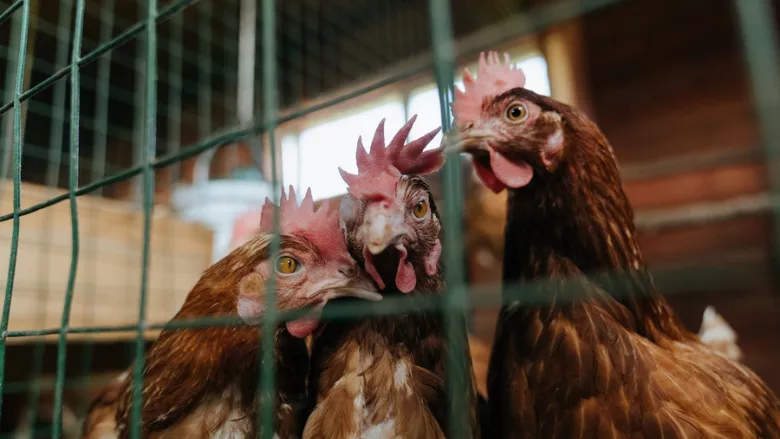Canada Updates Salmonella Testing Regulations for Hatcheries, Poultry Breeders to Align With U.S., EU

Credit: cottonbro studio (cottonbro) via Pexels
The Canadian Food Inspection Agency (CFIA) has amended its Health of Animals Regulations to better prevent and control foodborne illnesses associated with poultry and eggs, citing the need for national consistency, modernization, and alignment with global trading partners.
The amendments were made as part of an effort to modernize Canada’s regulation of hatchery and supply flock operators to reflect the most current industry approaches, emerging health risks, and regulatory changes made by Canada’s trading partners. Additionally, regulations overseeing Canadian hatcheries are organized through three separate regulations and do not cover species consistently.
In its rationale for the amendments, CIFA states that existing regulations prescribe testing for Salmonella strains that do not cause illness in humans and have not been diagnosed in Canadian commercial poultry operations for over 30 years. At the same time, the regulations exclude zoonotic and emerging disease threats, such as S. Enteritidis, that cause human illness and are currently regulated by global trading partners. The amendments aim to reduce the unnecessary level of sampling and testing for diseases that are no longer relevant, while establishing industry-led sampling and testing of important zoonotic and emerging threats.
Additionally, the amendments will clarify discrepancies between three separate Canadian regulations about requirements for hatchery and supply flock operators. The amended regulations will have a more outcome-based regulatory framework, enabling hatcheries to use new technologies to meet regulatory requirements and to consolidate existing regulations into a single part under the Health of Animals Regulations.
The amendments were spurred, in part, by differences in Canadian regulations for Salmonella sampling and testing in comparison with regulations of Canada’s trading partners, such as the U.S. and the EU. CIFA underlines the U.S. Department of Agriculture’s Animal and Plant Health Inspection Service’s National Poultry Improvement Plan for its disease-related certification provisions, as well as U.S. requirements for programs and testing for S. Enteritidis. CFIA has been consulting with U.S. agencies on the proposed modernization of the three Canadian hatchery regulations since 2010. Under the regulatory amendments, alignment with the U.S. requirements for hatcheries and supply flocks will be improved.
Specifically, the regulations will be amended to:
- Consolidate all of the animal health requirements pertaining to hatcheries and supply flocks within the Health of Animals Regulations to be applied consistently across the breeding and hatching sectors of the poultry industry in Canada
- Incorporate two documents—one that sets disease and monitoring standards for hatcheries and supply flocks, and one that sets the requirements for the care and handling of poultry, both of which can be updated as required to reflect modern science and technology
- Adopt a modernized approach to inspection through the requirement of a preventive control plan to verify that industry is identifying and controlling risks and achieving required regulatory outcomes.
CIFA expects several positive outcomes for industry, the agency, and consumers. Not only will the amendments increase the safety of poultry products, they will also improve clarity and consistency for commercial poultry and supply flocks, align with international standards to facilitate industry market access, standardize regulations across provinces, and enable more responsive regulations. Additionally, CIFA will benefit by enhancing enforcement through licensing and experiencing consistency with other regulatory approaches.
The amendments will go into effect on the day on which they are registered, immediately after their publication in the Canada Gazette, Part II. The regulations prescribe a 12-month transition period upon its coming into force, and any person may comply either with the new or previous regulations during that time. Full details of the amendments can be found on the Canada Gazette.
Looking for quick answers on food safety topics?
Try Ask FSM, our new smart AI search tool.
Ask FSM →









